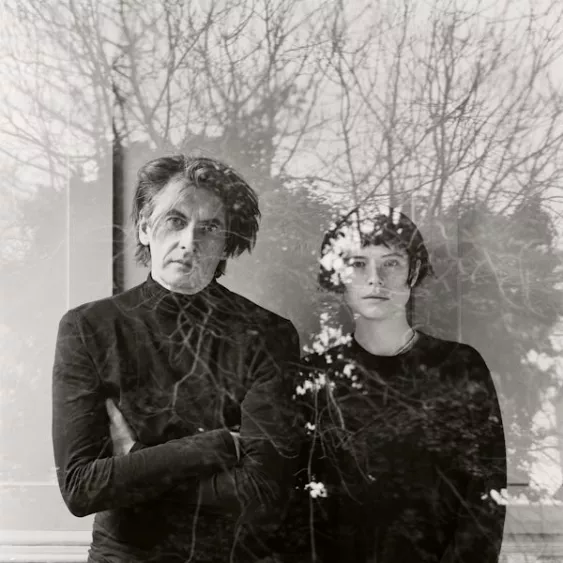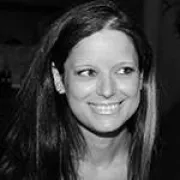I love the psychology behind portrait photography: the way I can dive into someone’s head when I’m photographing them.
Ever since its invention in the 19th century, photography has documented life. At the same time, it focuses on inviting audiences to a rather subjective world while trying to be taken seriously as an art form. Photography has always been considered a male-dominated profession, but luckily, things are changing. Scholars, writers, bloggers, photography students, and enthusiasts have been giving due to the female pioneers of the field. Most were always standing and/or hiding in the shadows, oblivious to how much they could claim and accomplish. Arguably, the techniques, concepts, and themes female photographers use differ from those of male photographers. At a time when most women were convinced that their place was in the kitchen and certainly not in the dark room, some were struggling to surpass their male counterparts and work towards gaining respect and recognition for their work.
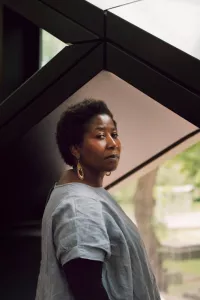
Eva Vermandel (Belgian photographer, 1974-) was born in Belgium and relocated to London in 1996 to live and work. Her father was always interested in photography, and she was often his subject. Photography was always part of her life from the very start, and later on, when Eva was old enough to hold a camera, her father would let her use it.
Despite this early introduction to photography, Vermandel didn't study it. Instead, she went to Art College in Sint-Niklaas and the Royal Academy of Arts in Ghent (KASK) to study Graphic Design. While doing that course, Vermandel realised that photography was her vocation. She spent the final year of that course mostly in the photography department, where one of the tutors taught her how to print in the darkroom.
Known for her still and timeless portraits which often bear references to painting, her photographs have appeared in a wide range of magazines such as The Wire, Telegraph Magazine, Independent Magazine, Mojo, The New York Times Magazine, and W. Vermandel has photographed Elton John, PJ Harvey, Tom Waits, Nick Cave, Ian McKellen, Matt Damon, Ewan McGregor, Joanna Newsom, Sylvie Guillem, and many more.
She was commissioned by Douglas Hyde Gallery to shoot Alabama Chrome (2006), which dealt with the hyper capitalist society and the impact of the Celtic Tiger when it was at its peak. That same year, she started working on Splinter, one of the key series of photographs Eva has produced. She worked on that project for six years, and in 2013, she published the book on this series with Hatje Cantz.
Through her distilled and often surreal works, Eva Vermandel explores how we perceive the world, drawing attention to the mundane by suspending its "normality". Her work is in the collections of the V&A, London; the National Portrait Gallery, London; and the National Galleries of Scotland, Edinburgh. She has had solo exhibitions at the Douglas Hyde Gallery in Dublin, the Whitechapel Gallery, the ICA in London, and Cecilia Hillström Gallery in Stockholm. Concurrently with her artistic practice, Vermandel undertakes commissions as an editorial portrait photographer and has collaborated on long-term international projects, most notably with the Icelandic band Sigur Rós and the Sydney Festival.
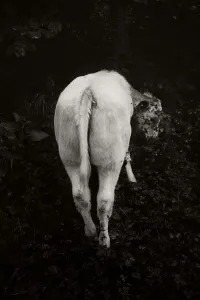
I think photography as a medium works very well for women because, as a woman, you're a lot less intimidating when you walk around with a camera than as a man. I think it is a huge advantage to be a female photographer.
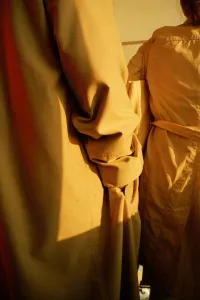
We will continue talking about female names that left their mark on photography and about contemporary female photographers who are still emerging. There are a lot of female photographers out there deserving of praise, and we can only hope to cover as many of them as we can. Please follow this space to find out more.
